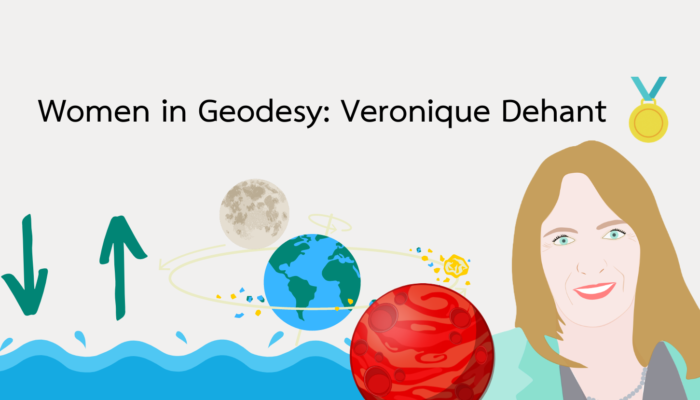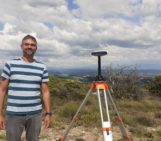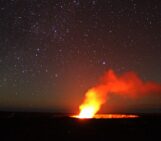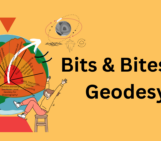
A few weeks ago we talked with Anny Cazenave, the first Vening-Meinesz medallist, about her view on being a women in science. But, she wasn’t the only influential women in Geodesy that received the Vening-Meinesz medal from the EGU. In 2003, Véronique Dehant was awarded with the Vening-Meinesz medal in recognition of her outstanding contributions to the study of nutations of the Earth’s axis of rotation and their implications for the structure of the Earth’s core. Of course, we wondered what she would like to say of being a women in science, so we asked her a few questions as well.
Would you like to share your thoughts about what being a woman in science means to you?
Participating in the progress of science like every scientist, without discrimination, but also helping other women to reach that goal.
Was there an influential woman in your life (both inside the family and outside the family) who impacted you in a way to become a scientist?
No but I had man impacting me, acting like mentor in my career and a lot of help from women in my family.
You’re one of the Vening-Meinesz medalists. We would like to hear a bit about your studies and what’s coming next.
I was working, and still is, in the modeling of the Earth’s interior by studying the response (rotation and deformation) thereof to the luni-solar attraction, such as the Earth tides and nutations (small Earth’s wobbles/orientation changes in space). After incorporating the effects of mantle inelasticity and mantle lateral heterogeneities on the Earth interior and Earth tides and nutation, I was more and more working on the core and the mechanisms acting at the core-mantle boundary and influencing tides and Earth rotation. I also extended this work to other planets and the planet Mars in particular. Since the Vening-Meinesz medal (2003), I became responsible (Principal Investigator) and Coordinator of several large projects. With my team, we developed an instrument (a radiotransponder) for a space mission to Mars of which the ultimate objective is to obtain information on Mars’ interior structure.
Since that time, I also became an Academician (Member of the Royal Academy of Belgium, Science Class since 2010), Foreign Member of the Paris Academy of Sciences (2016) and have been awarded several prizes including the Descartes Prize of the European Union in 2003 and the De Leeuw-Damry-Bourlart Prize, Prize in Fundamental Exact Sciences among the five FNRS research excellence prizes, in 2020. In 2015, I obtained an ERC Advanced Grant from the European Research Council for the project RotaNut: Rotation and Nutation of a wobbly Earth; and in 2019, an ERC Synergy Grant for the project GRACEFUL (GRavimetry, mAgnetism, rotation, and CorE FLow).
Can you give us some names of women in science (dead or alive) who inspire you?
Inge Lehmann (1880-1993) (read about her role in Geodesy here)
Anny Cazenave (born in 1944) (read the interview with her here)
Emmanuelle Javaux (born in 1967)
Isabelle Ferreras (born in 1975)
What message do you want to pass on to women and girls who want to pursue a career in science, more specifically in geodesy? Maybe a comment on how we can make science more accessible to young women and girls?
Science needs you! Just go for it with your heart. Try to keep an equilibrium between your family life and work as both are important to build you and your future. When reaching a time and focus balance, you will have the right energy and mental capacity to advance in your life and your career.
Science is accessible to young women and girls, just go for it if you like it.
We would like to thank Véronique for the time to answer our questions.
Anny Cazenave and Véronique Dehant weren’t the only female geodesists receiving the Vening-Meinesz medal, so stay tuned for more stories about past female Vening-Meinesz medalists in the near future…
PS: Interested to know who Vening Meinesz was then read our blog post about him here.





